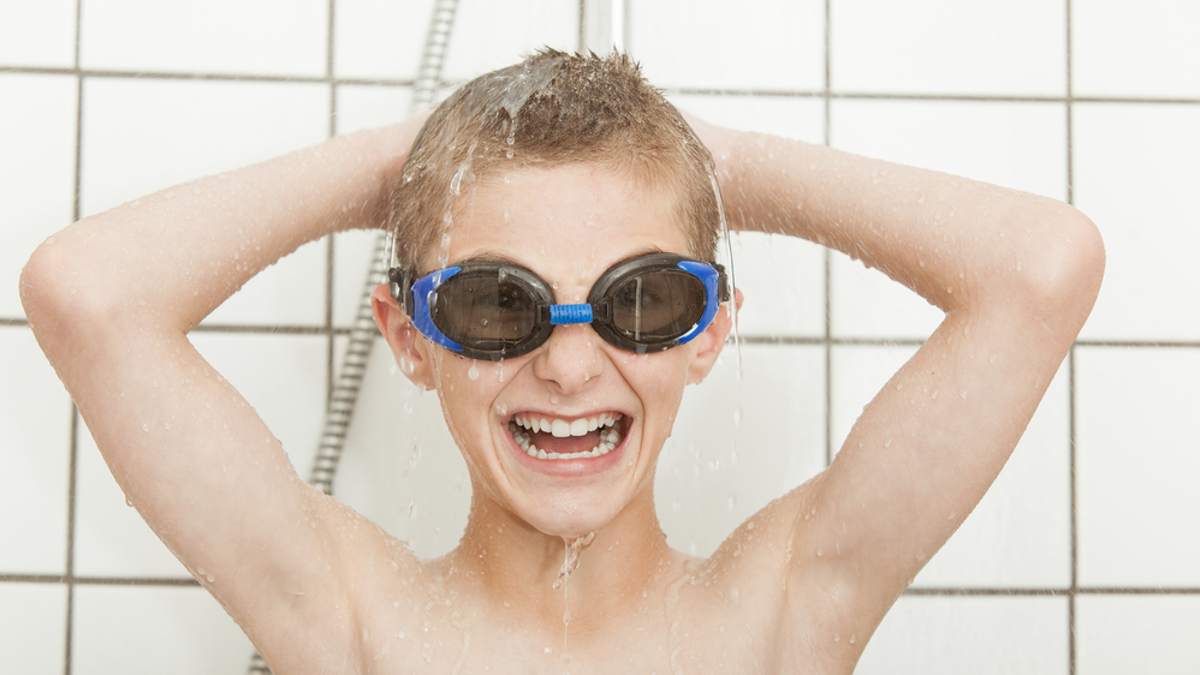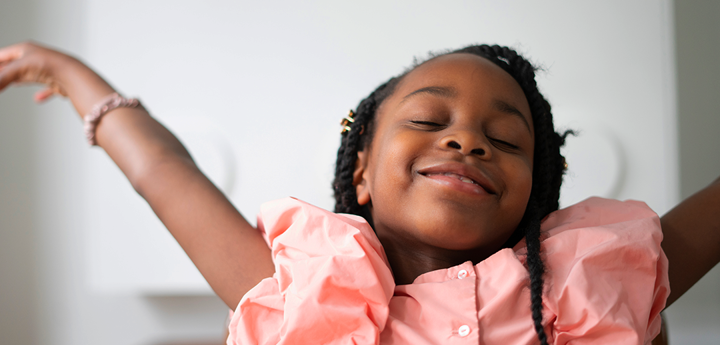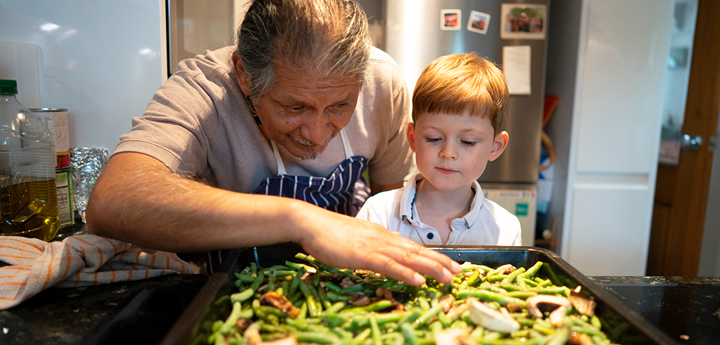Washing strategies for sensitive children
- SEND
- Behaviour, emotions and mental health
- Child development and growing up

Washing can be difficult and overwhelming for children and young people. There are lots of senses that are being used at once. This can make personal hygiene harder for them. There are various strategies you can use to help your child or young person with self-care and hygiene.
Introducing a new strategy
Each child and young person is unique. When considering strategies, make sure to keep your child or young person in mind. This is a trial and error process. So, when one strategies doesn't work, there may be another strategy to try instead.
When trying a new strategy, give yourself and your child or young person the best chance to succeed. Try to start a new strategy at the end of the day, a weekend or during a school break. This reduces the pressure to get the task or activity done in a short timeframe.
It is important that when you trial a new strategy you:
- Communicate with your child. You can use communication aids like social stories, picture symbols, visual schedules and sequence strips.
- Stay consistent. By sticking to a routine, your child can learn what is going to happen next. This helps reduce the stress around self-care activities.
- Keep the surroundings organised. Try to make sure things are put back in their place. This helps teach your child that this is where the item belongs. They will then be able to find the item by themselves and be more independent.
Changing the environment to meet your child's needs
Bathroom and shower rooms can be particularly difficult for children and young people who are sensitive to light and sound. Bathrooms usually have overhead lighting which can be upsetting to light sensitive children and young people. Bathrooms are usually a small room with lots of hard surfaces like tiled walls and floor. This can change the how things sound in the room (the acoustics of the room). Some sounds can feel louder than normal.
You can try to help your child or young person by changing small things about the bathroom:
Dim the lights. Bathroom lights can be especially bright for sensitive children. If you have the ability to dim the lights this may be helpful.
Use natural light. If possible, try to wash your child using natural light. Some children are sensitive to artificial light. This will be harder in winter, however in spring, summer and autumn this may be helpful.
Try not to be loud. Bathrooms can feel louder than other rooms. This can upset some sensitive children. Try to reduce the amount of sound you make in the bathroom.
Use a mirror that does not steam up. This can allow your child to see themselves when they wash. They will be able to wash their face thoroughly by seeing the lather and bubbles. It also helps them know when they have washed off all the soap from their face.
Preparing to wash your child
There are many things you can do to help your child before they wash. It is important to communicate with your child about what they like or dislike.
If your child is worried or scared about falling over, try encourage them to shower instead of taking a bath. Showering requires less movement. Your child will remain standing for the entire shower. When taking a bath, there are a lot more changes in body position when getting in and out of the bath.
Give your child the choice between a bath or a shower. Your child may find a bath more enjoyable than a shower or a shower more enjoyable than a bath. This may change from day to day.
Use unscented mild soap, shampoo and conditioner. If your child is sensitive to smells, this may help them whilst washing.
Using a mild soap that doesn't sting your child's eyes. It can help so your child can keep their eyes open to see what they are doing when washing.
If your child does not like water in their eyes or on their face, try using goggles or a shampoo shield. This will stop the water from getting in their eyes whilst washing their hair and face.
Check the temperature of the water before your child washes. You can also ask your child to test the water to make sure it is comfortable for them.

Techniques for washing your child
There are some techniques that can help your sensitive child or young person to be more comfortable being washed or washing themselves.
Try using different flannels, washcloths, sponges, loofahs and other washing equipment. Every person has their preferences for what they like and will tolerate against their skin. Use trial and error to find what your child prefers.
If you are washing your child:
Tell them what you will be doing next. This can help your child understand and prepare for the next steps. It can be comforting to know what is coming next and reduce their anxiety.
Tell them when you are planning to touch them with the flannel, washcloth or other washing equipment. This can help them anticipate the touch of the washing equipment.
Use heavy or pressured strokes when washing your child's head or body. For some children it can be easier to register heavier or pressured touch. They may find lighter touch distressing or painful. You can do this when washing their hair or body. You can also use pressure when drying them with a towel.
Have you tried looking at our general advice?
You may want to look at our general advice pages for more information.
Bring play into the wash routine
Play is a important part of development. It's also a great way to get children and young people interested in an activity they may not usually be interested in.
If your child likes watching water falling or bubbles, try to include these while washing. Playing with bubbles or watching water falling can make washing less stressful and more fun.
Bring toys and objects into the bath or shower for your child to play with. The items don't have to be toys, they can be clean plastic cups, containers and squeezy bottles like a washing-up liquid bottle.

Last reviewed: 1 November, 2024










